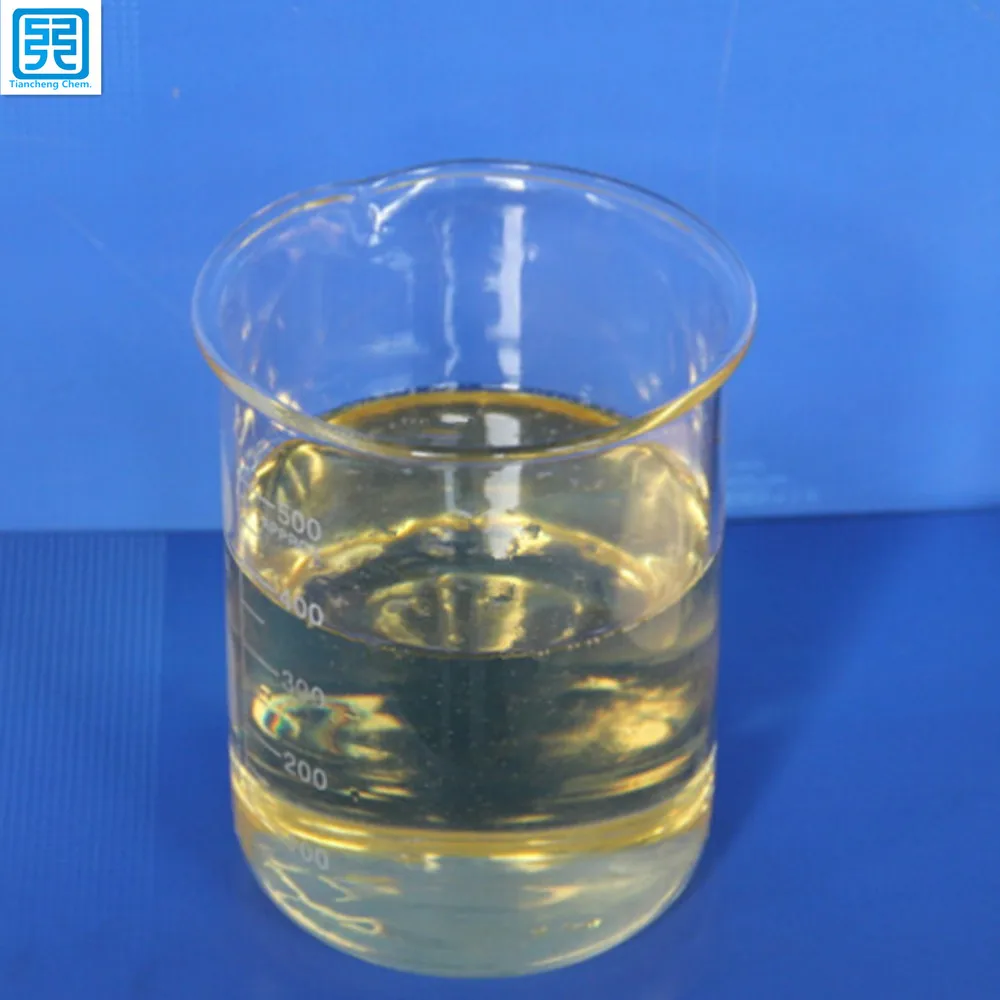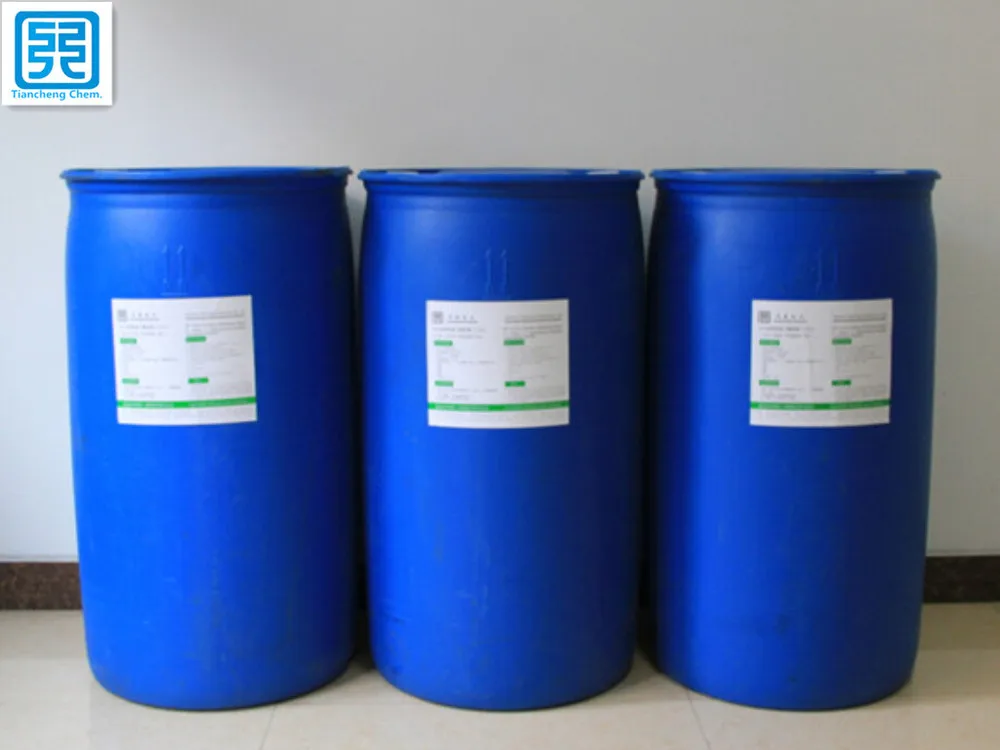The cold drawn steel wire is recrystallized and annealed. Under the lubrication of the drawing powder, the wire is repeatedly stretched several times with a set of square hole drawing die, once every two passes, and finally pulled to a rectangular cross-sectional size of 2.5 mm × 7.5 mm. The steel wire after cold drawing or cold drawing needs to be recrystallized and annealed. The recrystallization annealing temperature of 60Si2MnA is selected from 600 to 620 °C, and 50CrVA is selected from 670 to 710 °C.
The photo 150CrVA cold-drawn annealed metallographic structure (×200) test shows that the rectangular cross-section steel wire obtained by the cold drawing process has high surface quality and simple process, but the rectangular narrow-face decarburization layer is thick. The steel wire obtained by the cold drawing process is easy to be scratched when the lubrication is poor, and there are many defects at the rectangular corners. Comprehensive analysis, production by cold drawing process is appropriate.
60Si2MnA steel has high decarburization sensitivity, and the decarburization layer deepens during repeated cold drawing annealing, reaching 50-80Lm, which seriously reduces the fatigue strength of the material. The installation test shows that the service life of 60Si2MnA steel wire spring is low, about 500~1000h, and 50CrVA. After the steel is drawn to the required cross-sectional dimension of 2.5 mm × 7.5 mm, the decarburization thickness on the narrow surface which is easy to decarburize is only 2 to 8 Lm, as shown in the metallographic photograph 1. After cold drawing, it is recrystallized and annealed, and the metallographic structure is uniform and fine granular pearlite. Therefore, the steel wire material is 50CrVA.
When the winding process is wound with a common smooth mandrel, the steel wires are closely wound together, and the steel wire is easy to be inclined, and the shaping work is large. For this purpose, a mandrel with a spiral groove is designed. According to the condition of the steel wire rebound after winding, the diameter and the groove height of the mandrel are determined. The array feeding wheel and the pressure roller are used to control the wire without jumping or tilting. The spring wound by this method has high concentricity, uniform pitch and stable size. The two elbows of the spring are prone to defects, the transition wheel is used to alleviate the stress concentration during bending, and the elbow is not kinked, ensuring that the bent steel wire does not cause defects and breaks in the cold state.
Heat treatment Because 50CrVA steel wire has good resistance to oxidation and decarburization, we use a box-type resistor with a large amount of furnace to heat and quench, the heating temperature is 860 ~ 880 ° C, the temperature is kept for 20 ~ 30min, and oil quenching is taken out. The results show that the heating of the box furnace does not increase the thickness of the decarburization layer, and the quenching structure also meets the requirements.
Photo 250CrVA quenching and tempering metallographic structure (×200) quenching deformation is a major difficulty in heat treatment. If improper control is easy, it will easily produce defects such as different axes, inclinations and uneven pitches. For this reason, the three springs are tightly packed together. It is fixed as a whole and remains stable during quenching. This method makes the spring deformation small, the pitch is very uniform, and the heat treatment efficiency is greatly improved.
In order to ensure uniform hardness after tempering, a salt bath is used for tempering. The tempering temperature is 460-480 ° C, and the temperature is kept for 30-60 min. When tempering, the spring sleeve is placed on the steel pipe with the diameter slightly larger than the inner diameter of the spring. After the tempering, the inner diameter is stable, and the spring does not need any shaping after quenching and tempering. In order to prevent the spring from rusting, derusting and blackening are carried out. After testing, the surface of the spring finished product is slightly decarburized, the structure is uniform and fine tempered troostite plus carbide, no structural defects such as punctate graphite and bainite group, the hardness is uniform, HRC42~43, its structure is metallographic Photo 2 shows.
Conclusion Cold-drawn 50CrVA rectangular section spring steel wire is wound on the mandrel with spiral groove. When heating and quenching, the method of three springs is used to ensure the pitch is uniform and the quenching deformation is reduced. The oil is quenched by a box furnace, and the nitrate salt furnace is clamped and tempered. The surface is decarburized slightly, the hardness is uniform, the structure is dense, and no shaping is needed after tempering.
With the constant improvement of economic level, people` requirements on the quality of paper are increasing high. A great number of paper products must have excellent resistance to fracture under moist state, in other words, must have a certain degree of wet strength. While the traditional papermaking wet strength agents are urea resin and melamino-formaldehyde, both belonging to formaldehyde resin with intense pungent smell and certain toxicity, and can be used in acid condition to acquire the wet strength. However the whiteness will descend a lot and the paper will be weak after the finished paper acquiring the wet strength. Polyamide polyamine epichlorohydrin resin (PAE) is water soluble, cationoid and thermosetting resin. This product is a non-formaldehyde polymer, non-toxic and tasteless, with a wide range of PH value and suitable for acid, neutral or slightly alkaline papermaking conditions, as well as the acid condition. Wet strength effect is better than the urea-formaldehyde resins and melamine formaldehyde resin. PAE resin, which is an excellent Wet Strength Agent, develops fast in recent years with China`s paper industry development.
The high performance papermaking wet strength agent (PAE) that we produced has been widely used in a great amount of domestic factories and the finished paper products` wet strength index has surpass the similar products in domestic and foreign counties.

1. Performance Indicators
|
Item |
Indicator |
|
Appearance |
Light yellow to light amber translucent liquid |
|
Solid content,% |
25 |
|
Viscosity mpa.s (25℃) |
25~70 |
|
PH value |
4.0~6.0 |
|
Density kg/l |
1.03 |
|
Ion type |
Cationic |
|
Ice point (℃) |
-1℃ |
|
Storage period (under normal temperature) |
≥90 |
|
Solubility |
Diffluent in cold water |

2. Application
PAE active ingredient is polyamide epichlorohydrin thermosetting resins that can be used as below:
1. Paper products with the need for drying or wiping water, such as: napkins, wet tissue paper, facial tissue, paper napkins, kitchen towels, wiping window paper, industrial wipes, lens wiping paper, cosmetic paper etc.;
2. Outdoor paper: such as kraft paper, packing paper, outdoor poster paper, construction paper, sack paper, map paper, germinating paper, fruit bag paper;
3. Wet wrapping materials: such as paper cups paper, meat paper, wrapping paper and boxes for fruits and vegetables, frozen and refined food packaging paper, pressure sensitive copy paper, filter paper, leaching processing paper and tea bag paper;
4. Paper soaked in water: as photographic raw paper. Instead of disposable textile products, such as hospital bed sheets, toilet paper and other disposable hospital garb.
Other issues such as cigarette paper, paper used for invoices.
PAE, as wet strength agent excellent efficiency (PAE), has been widely accepted by the papermaking industry
5. Storage Condition
Storage: Avoid direct sunlight, prohibiting contact with concentrated acids. Storage temperature is 0 ~ 35 ℃and the product can be stored for up to 3 months under 5 ~ 35 ℃.
4.Package and Transportation Safety
Package: 200 kg polyethylene barrels or 1000 kg IBC barrels.
Transportation: The product is non-flammable, non-explosive and low corrosive and non-dangerous. It can use plastic buckets as containers on railways, highways, aviation, marine to achieve the purpose of the safe transport, and if the leaking occurs during transportation, you can simply rinse on the spot.
Wet Strength Agent
Wet Strength Agent,Polyamide Epichlorohydrin Resin,WSR,Wetting Strength Agent
Shandong Tiancheng Chemical Co., Ltd. , http://www.tianchengchemical.com